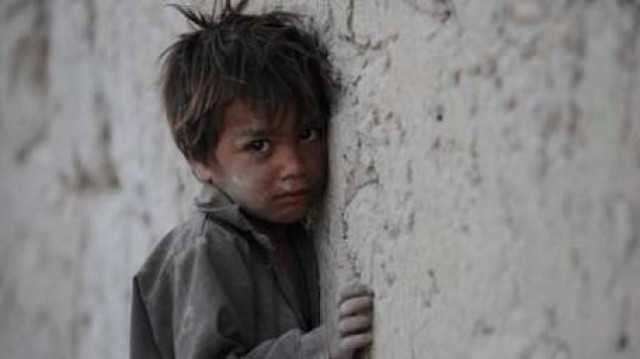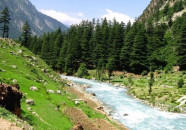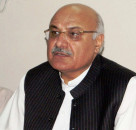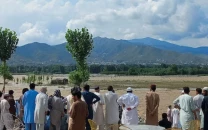Number of Afghan civilian casualties rises by 24% in 2014: UN
UNAMA attributed 74% of all civilian casualties to Anti-Government Elements and 9% to Pro-Government Forces.

A major report of the United Nations Assistance Mission in Afghanistan (UNAMA), launched on Wednesday, said ground combat among parties to the armed conflict in Afghanistan surpassed improvised explosive devices (IEDs) as the leading cause of conflict-related death and injury to Afghan civilians in the first half of 2014.
The report has noted that from January 1 to June 30, 2014, UNAMA documented 4,853 civilian casualties, up 24% over the same period in 2013.
Included in the toll were 1,564 civilian deaths and 3,289 injuries, up 17% and 28% from the same time period last year, respectively.
In its 2014 Mid-Year Report on Protection of Civilians in Armed Conflict, prepared in coordination with the United Nations Office of the High Commissioner for Human Rights (OHCHR), UNAMA also noted that ground engagements and crossfire hit children and women with unprecedented force, with associated child casualties more than doubling in the first six months of 2014, and two-thirds more women killed and injured by ground engagements compared with 2013.
While civilian casualties caused by IEDs also increased to unprecedented levels over the same period in 2013, deaths and injuries caused by mortars, rocket-propelled grenades and small arms fire in ground engagements jumped dramatically as the frequency and intensity of these incidents increased in 2014, particularly in areas with concentrated civilian populations.
Of the 1,901 civilian casualties resulting from ground combat and crossfire, UNAMA attributed 988, or 52%, to Anti-Government Elements and 274, equivalent to 14%, to Pro-Government Forces, while 599, or 32%, could not be attributed and 38 civilian casualties, equivalent to two per cent, resulted from cross-border shelling.
Ground engagements caused two of every five civilian casualties in 2014, accounting for 39% of all civilian casualties: 1,901 in total, up 89% from 2013, with 474 civilians killed and 1,427 injured, the report said.
Total child civilian casualties increased by 34% in the first six months of 2014 to 1,071, including 295 killed and 776 injured, while total women civilian casualties increased by 24% to 440, including 148 killed and 292 injured.
Ground engagements took the lives of 112 children and injured 408, with a total of 520 child casualties, an increase of 111% over 2013. Ground engagements killed 64 Afghan women and injured 192, with the total 256 women casualties, up 61% over 2013.
“Improvised explosive devices used by Anti-Government Elements, the second leading cause of civilian casualties in 2014, were behind 1,463 civilian casualties, up seven per cent from 2013 and the highest number of civilian casualties from this tactic recorded in a six month period since 2009,” the report said.
“The nature of the conflict in Afghanistan is changing in 2014 with an escalation of ground engagements in civilian-populated areas,” the United Nations Special Representative for the Secretary-General in Afghanistan and head of UNAMA Ján Kubiš said in a press release. “The impact on civilians, including the most vulnerable Afghans, is proving to be devastating.”
UNAMA attributed 74% of all civilian casualties to Anti-Government Elements and nine per cent to Pro-Government Forces – eight per cent to Afghan national security forces and one per cent to international military forces – while 12% occurred in ground engagements between insurgents and Afghan forces, which could not be attributed to a specific party. The remaining casualties were caused mainly by explosive remnants of war.



















COMMENTS
Comments are moderated and generally will be posted if they are on-topic and not abusive.
For more information, please see our Comments FAQ